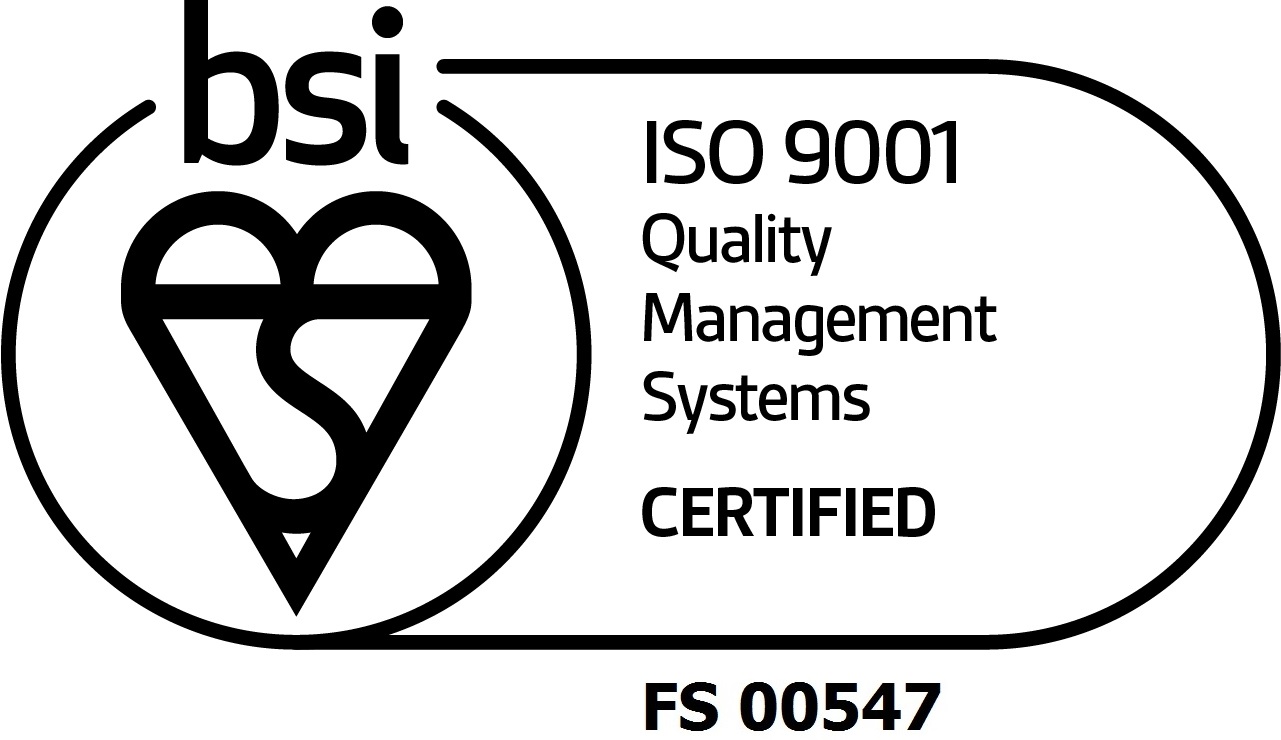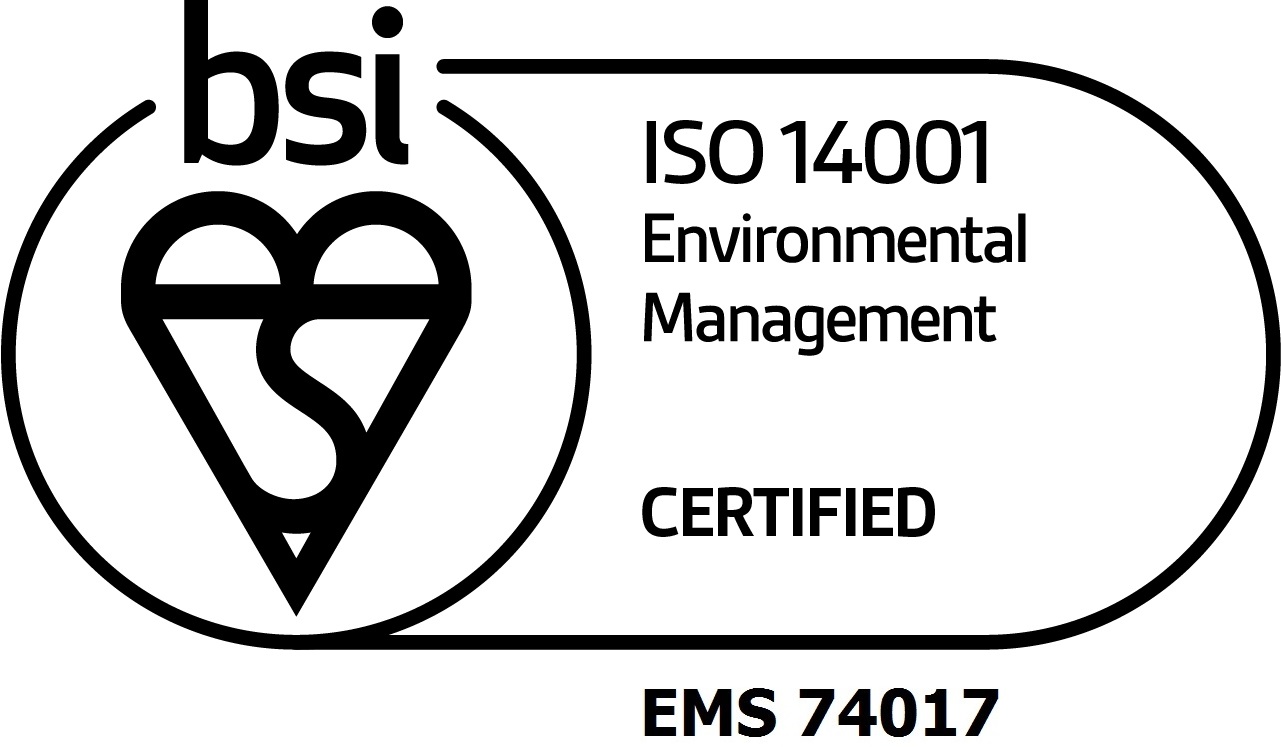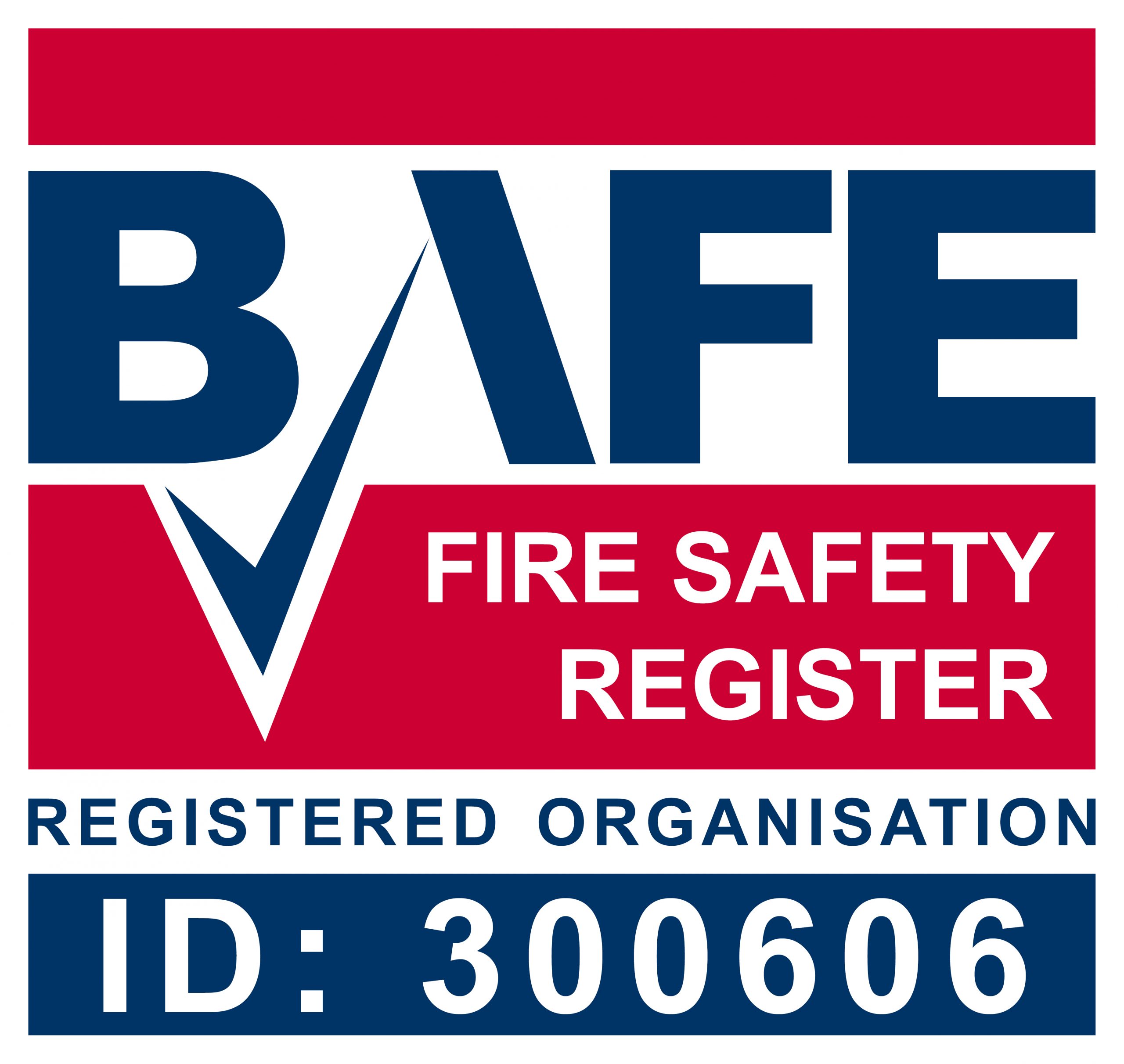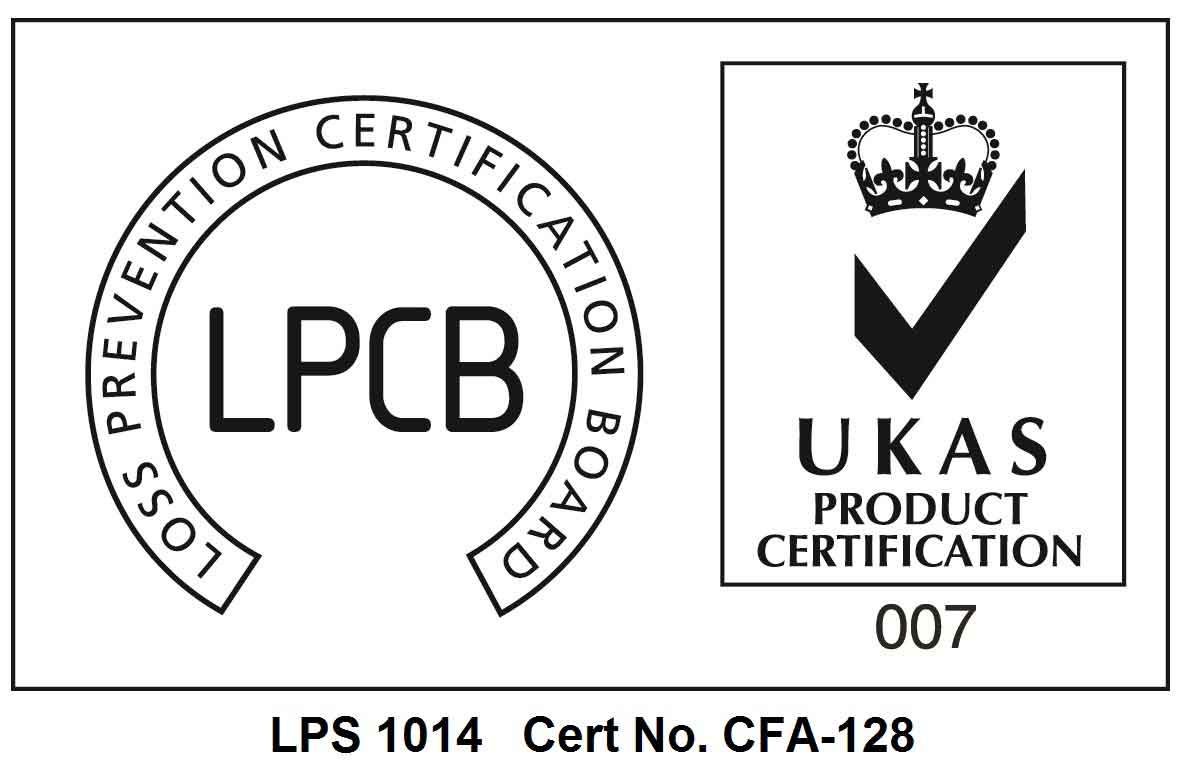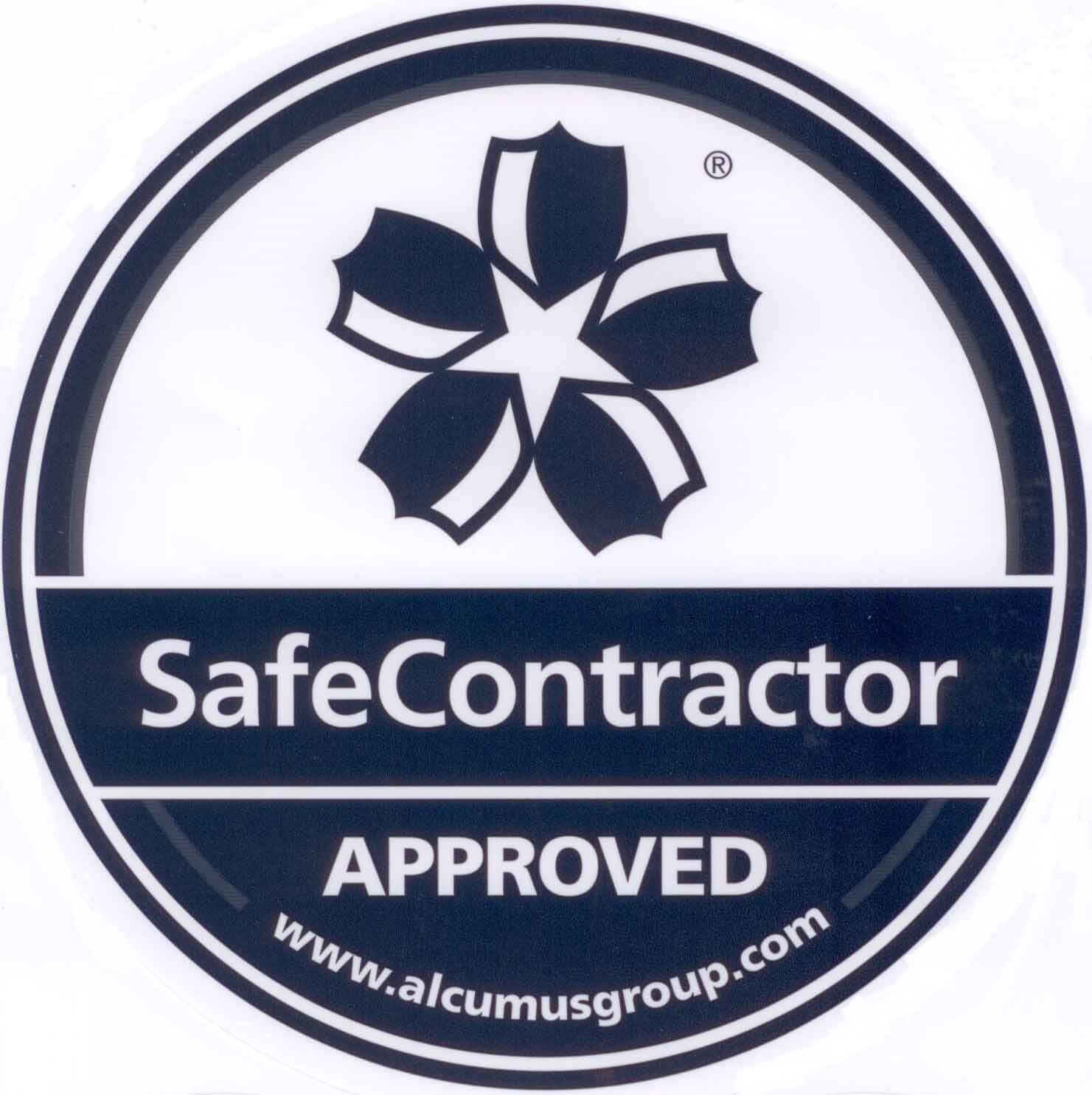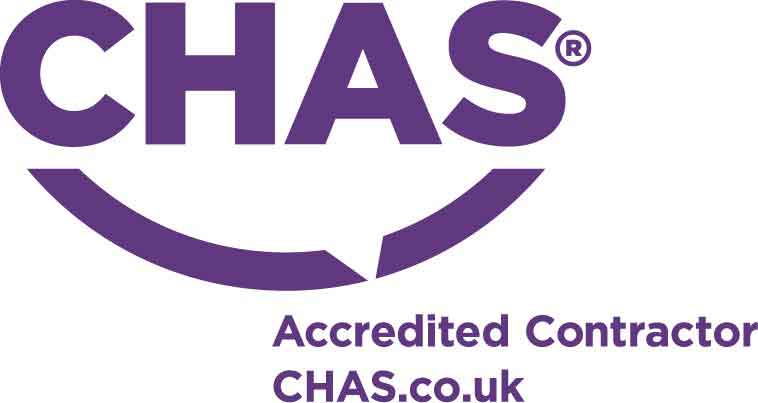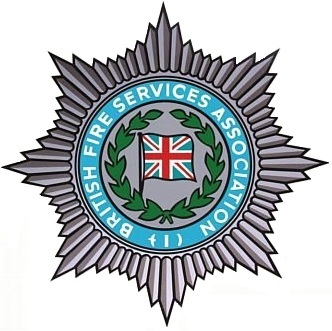Fire Alarms: Which Type of System Do I Need?
A fire alarm system is one of the most fundamental safety features of any business premises. Ensuring that your system falls into the correct category and provides a broad enough level of protection is also a legal requirement, so it certainly pays to get properly acquainted with the various types of fire alarm system.
Today, we will be going through the 8 different categories of fire alarm system, as defined by BS 5839.
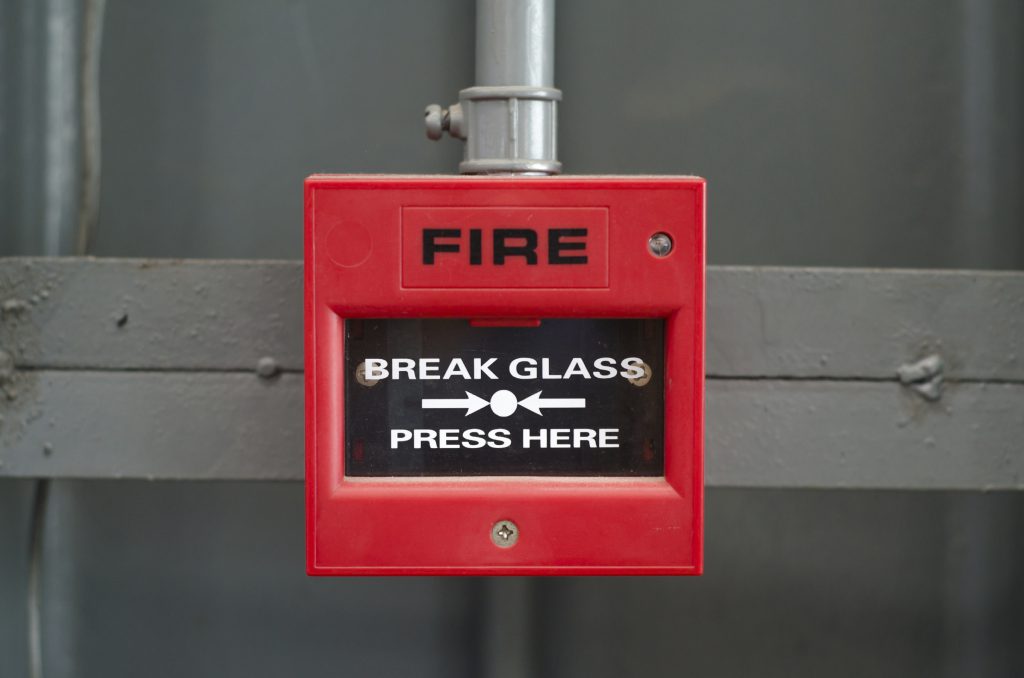
Fire alarm types
Each of the eight categories of fire alarm system can be brought under three core types: manual, life protection and property protection. Ultimately, the type and category of alarm system that your premises requires will depend on the following factors:
- The type of premises you have
- What can be found within your premises
- The type of business you run
- The risks within it
In order to properly ascertain which category your premises belongs in, you will need a full fire risk assessment to be carried out. Such a service is provided by the specialists here at Pyrotec, so give us a call today to get the process started.
Manual fire alarm systems (M)
Manual fire alarm systems are the most basic of all, and rely on the occupants of the building to help detect a fire and spread the message to other occupants. That is, someone will need to press a button or pull a lever in order to set the alarm off. Typically, these buttons will be placed around a building in the form of break glass units.
Life protection fire alarm systems (L)

Category L fire protection systems have been labelled as such for their ability to protect life within a building. They are split into the following five sub-categories:
- L1 (Maximum life protection) – This is the most comprehensive form of protection, and will feature a smoke detector in every single room in a building where a fire could feasibly start. Such systems are usually found in places such as care homes and large hotels.
- L2 (Additional life protection) – L2 systems will feature a smoke detector in all rooms that form part of an escape route out of the building, including corridors. They will also need to be installed in high-risk areas, such as kitchens and boiler rooms. Such systems are often found in factories and regular-sized residential premises.
- L3 (Standard life protection) – These systems will feature detectors in all parts of an escape route and rooms that open onto an escape route, providing occupants with enough warning to escape before their route is blocked. These systems are usually found in office blocks and other commercial buildings.
- L4 (Modest life protection) – L4 systems feature detectors in escape route areas only, such as corridors and stairwells. They can normally be found in smaller, low-risk commercial buildings.
- L5 (Localised life protection) – These systems are installed to tackle a fire in a specific high-risk area of a building, for example, a kitchen. Such a system might be used in conjunction with an L4 system in order to properly protect a building.
Property protection fire alarm systems (P)
Category P fire alarm systems are designed with the protection of the building itself in mind, and fall under the following two categories:
- P1 – Like L1, this system requires that a detector is installed in all areas of the building and offers the most comprehensive protection. Ultimately, this means that a fire can be detected and neutralised as quickly as possible, ensuring that minimal damage to the property occurs which, in turn, minimises the financial impact on the business.
- P2 – In a P2 system, smoke detectors will only be installed in high-risk areas of a building. While the protection isn’t quite as comprehensive as a P1 system, it should be sufficient to provide early detection for most fires.
Pyrotec are an industry-leading fire protection company that serves customers throughout Brighton, Eastbourne, Crawley and the surrounding areas. If your business premises requires a fire alarm system but you’re not sure where to start, give us a call today. We’re happy to help.



